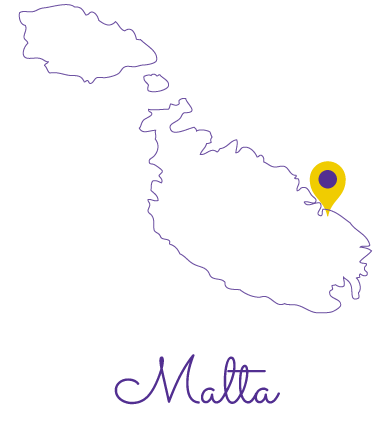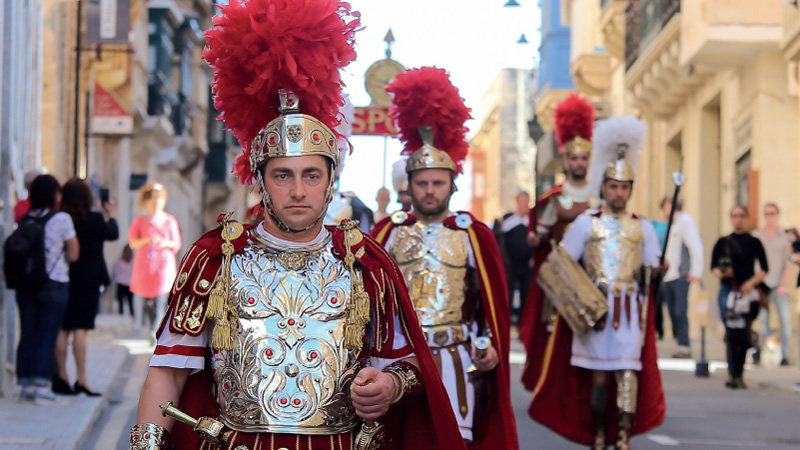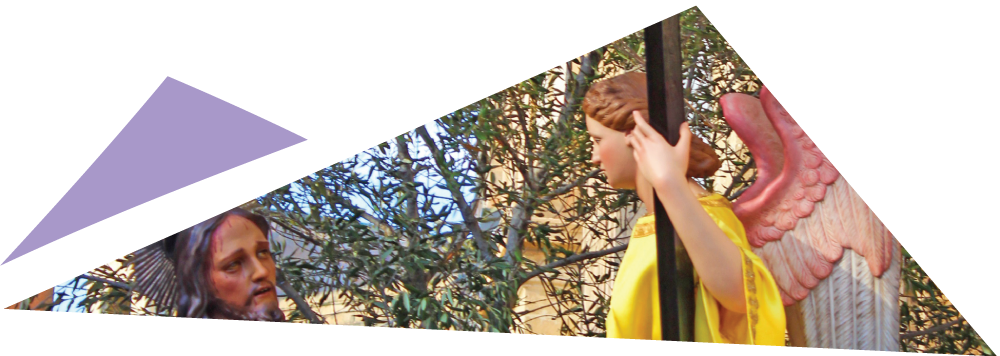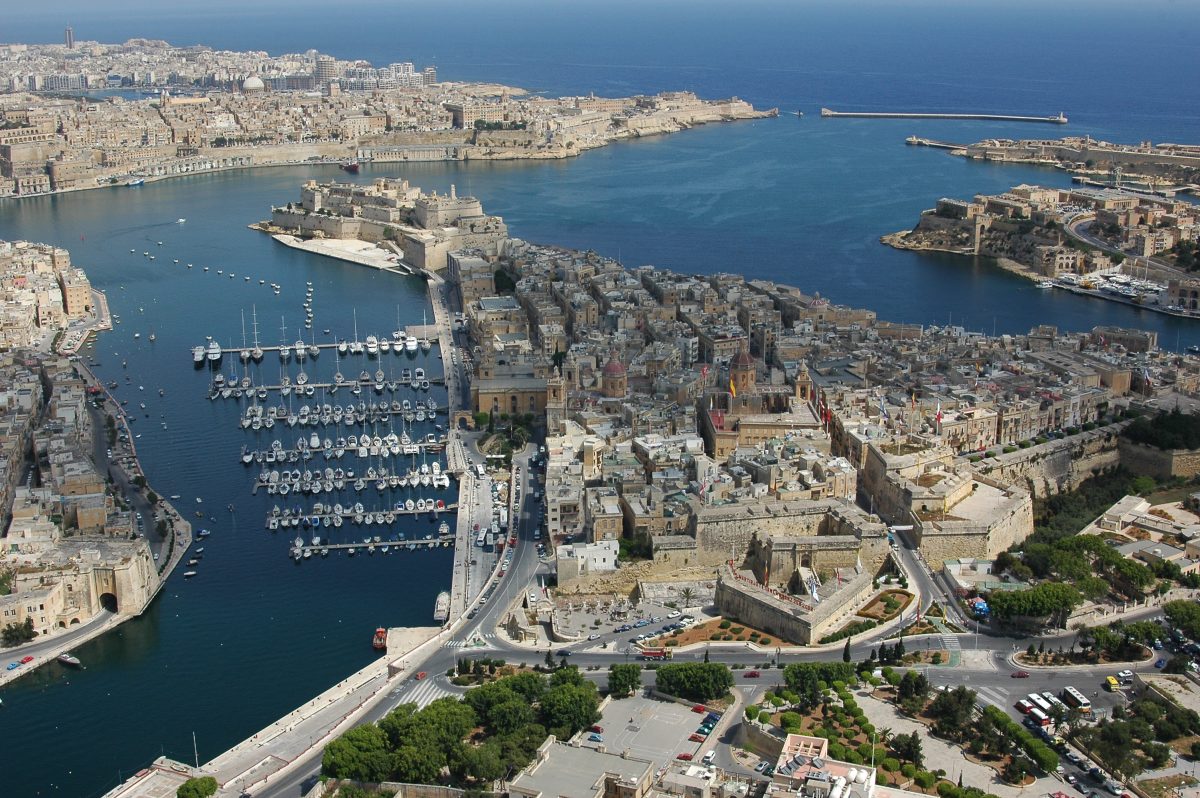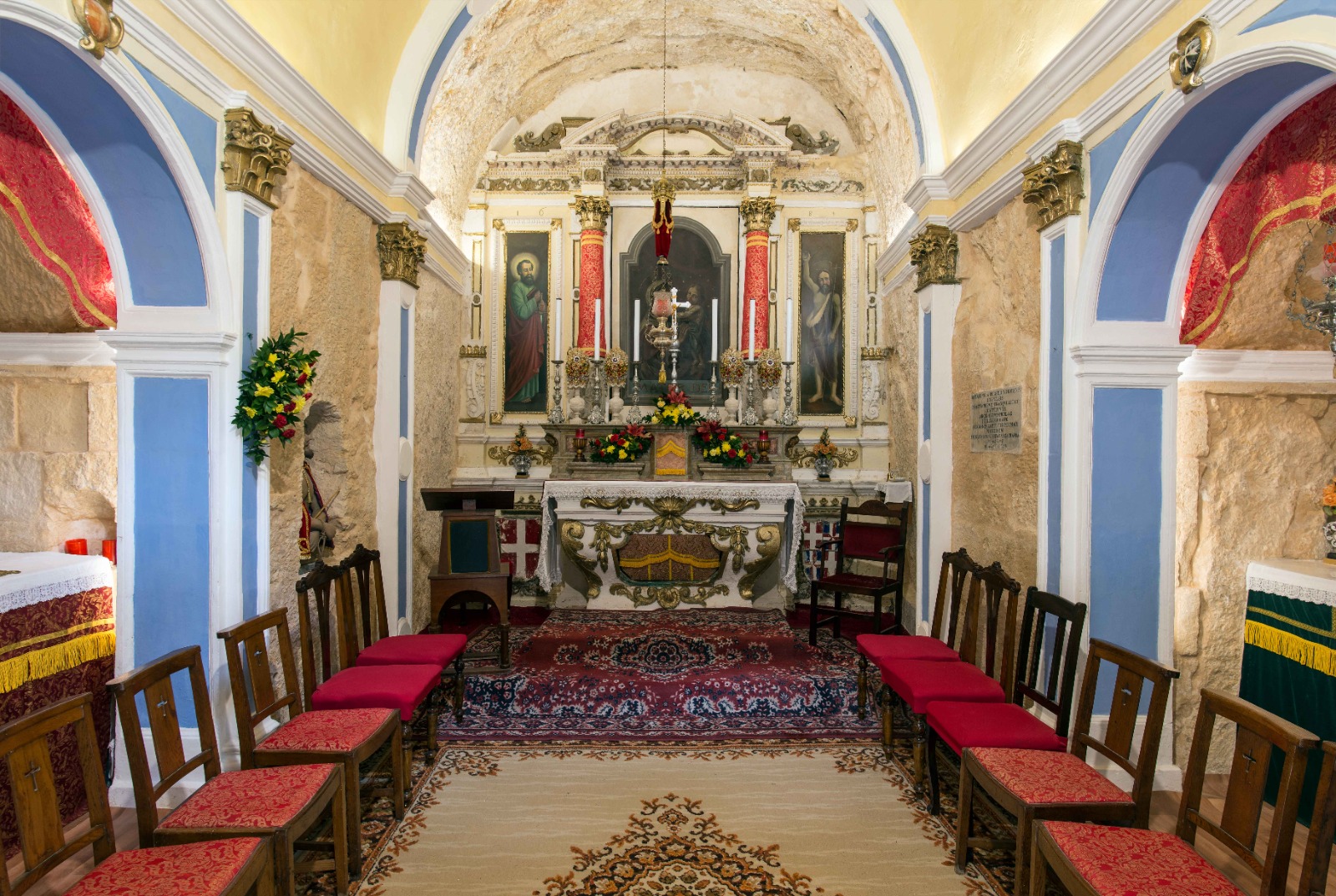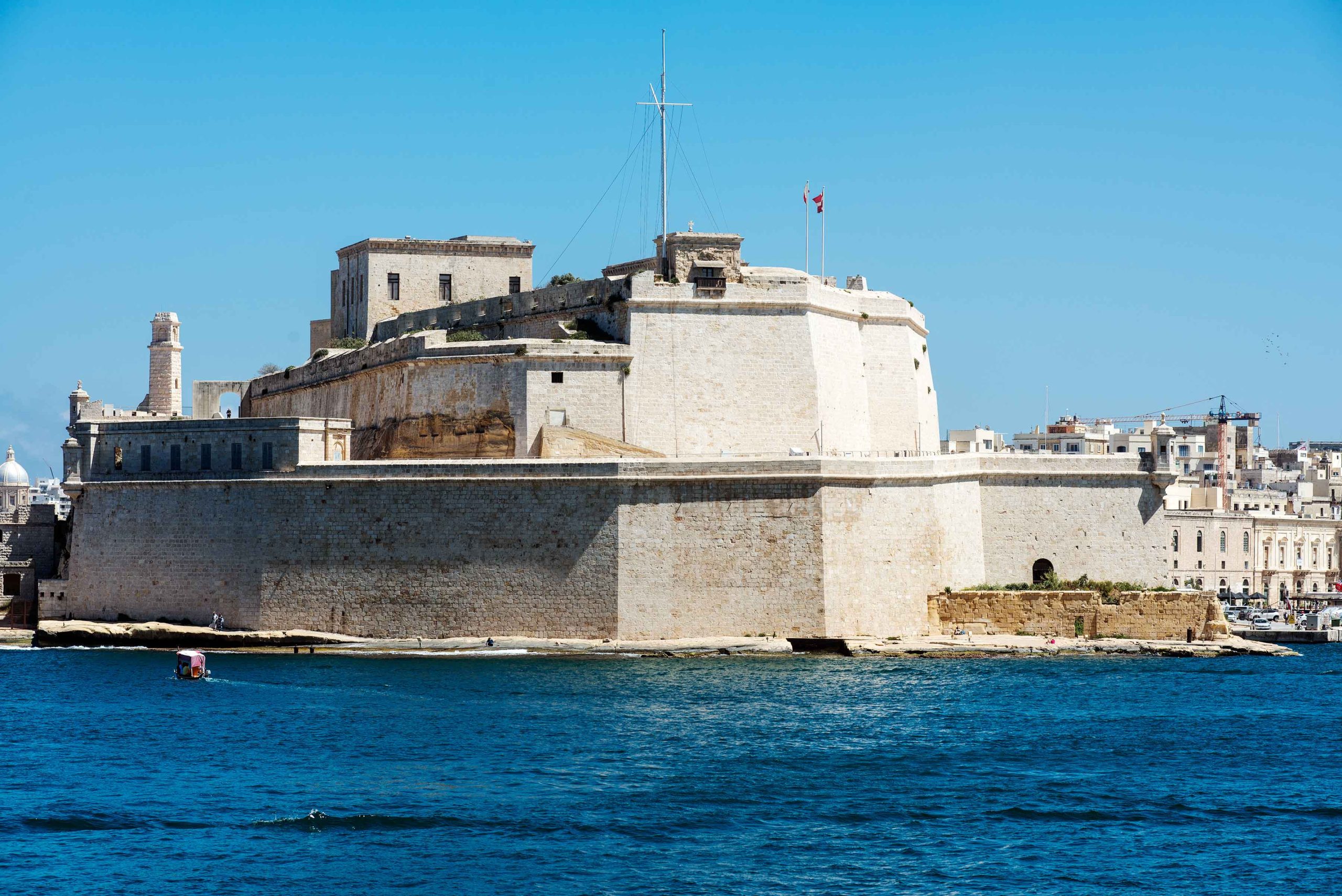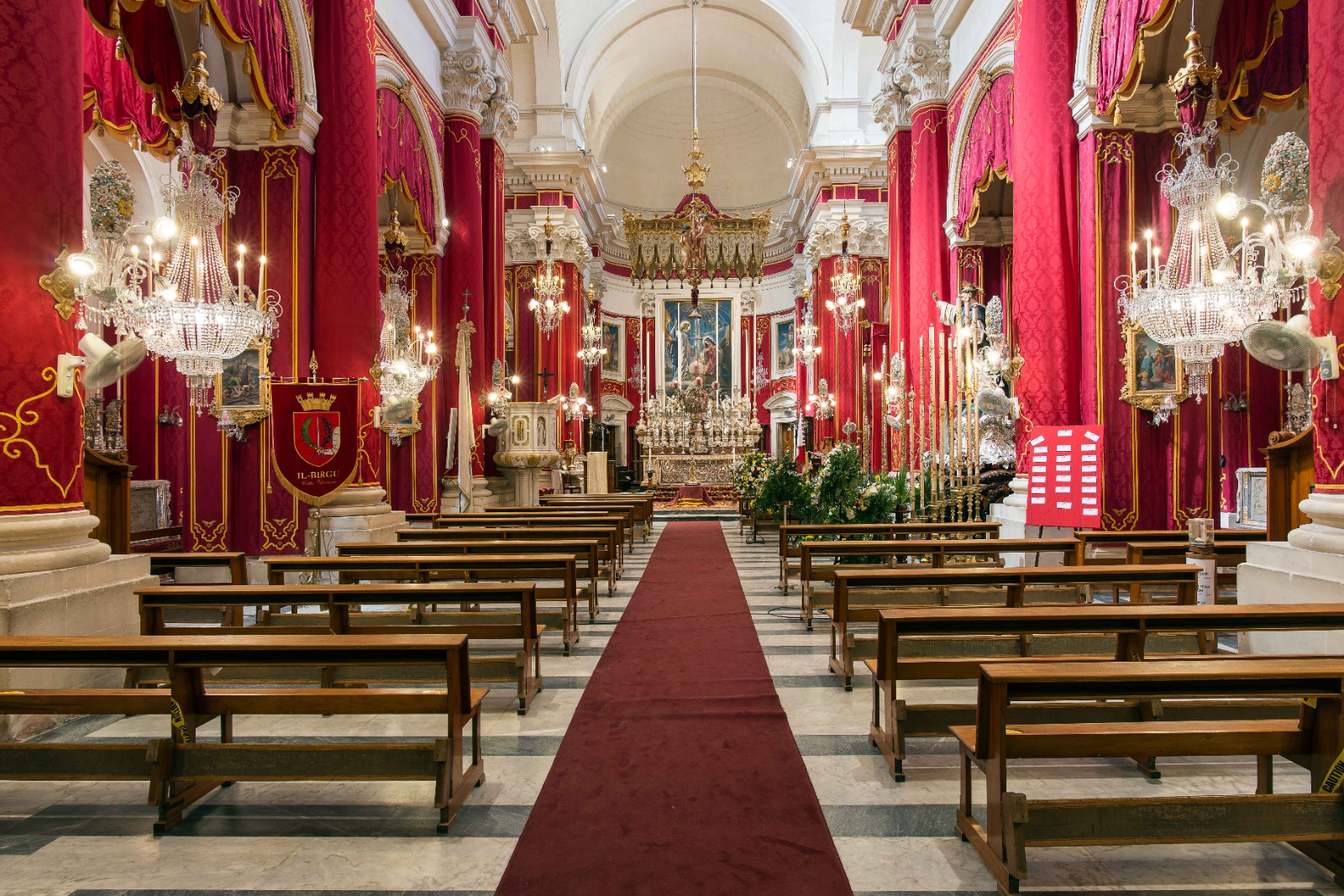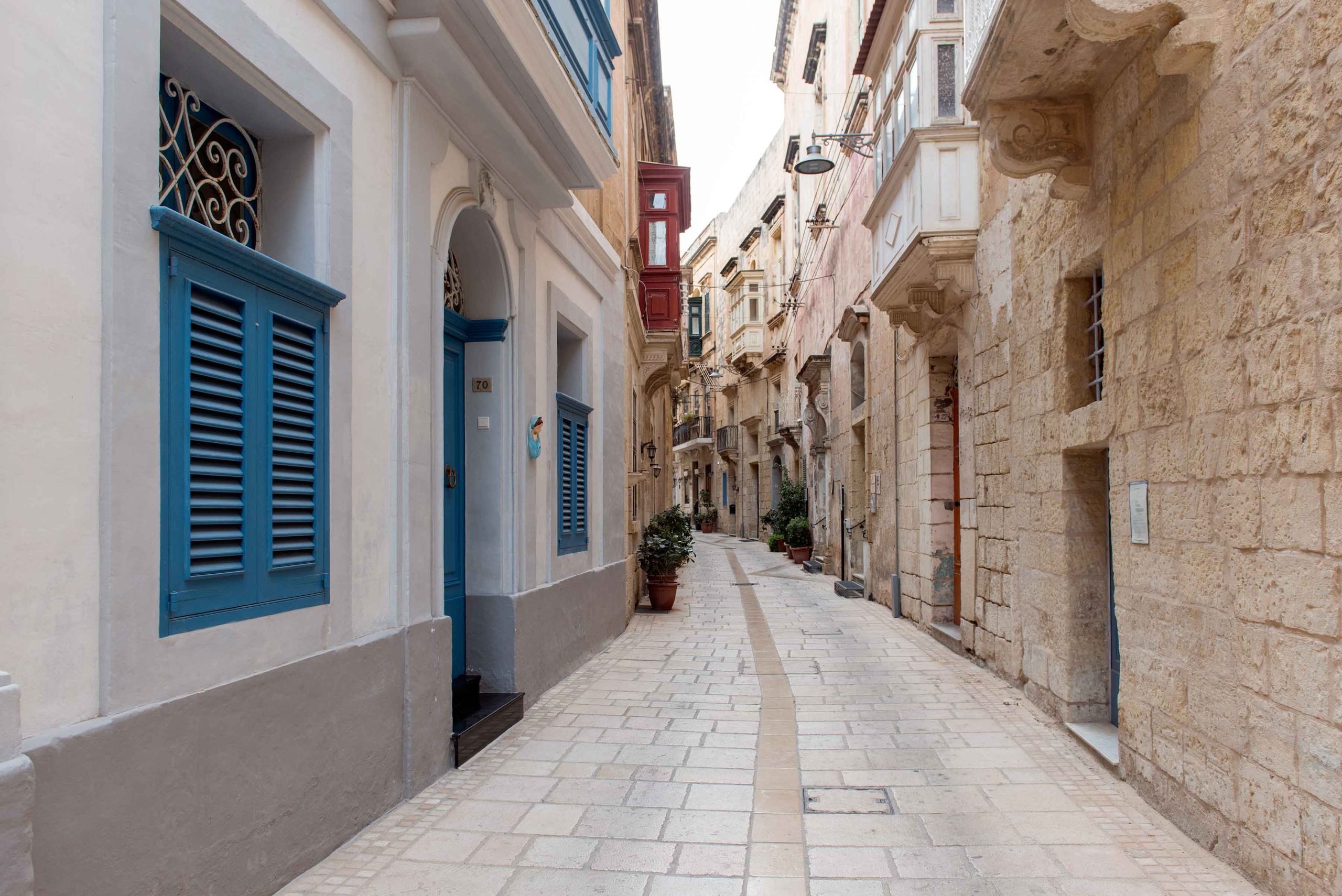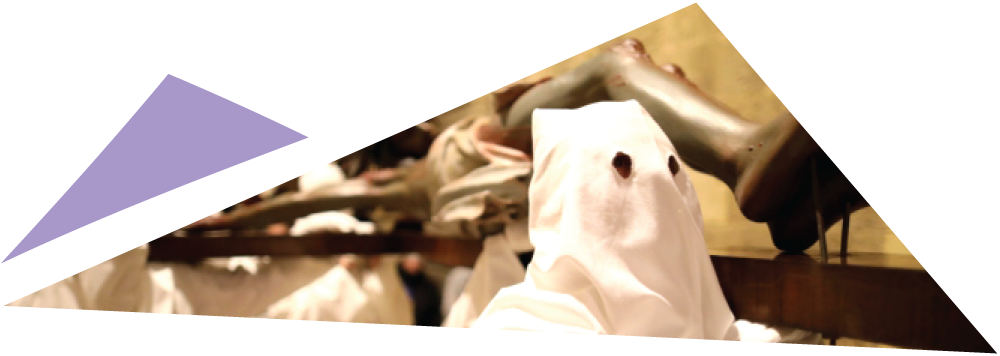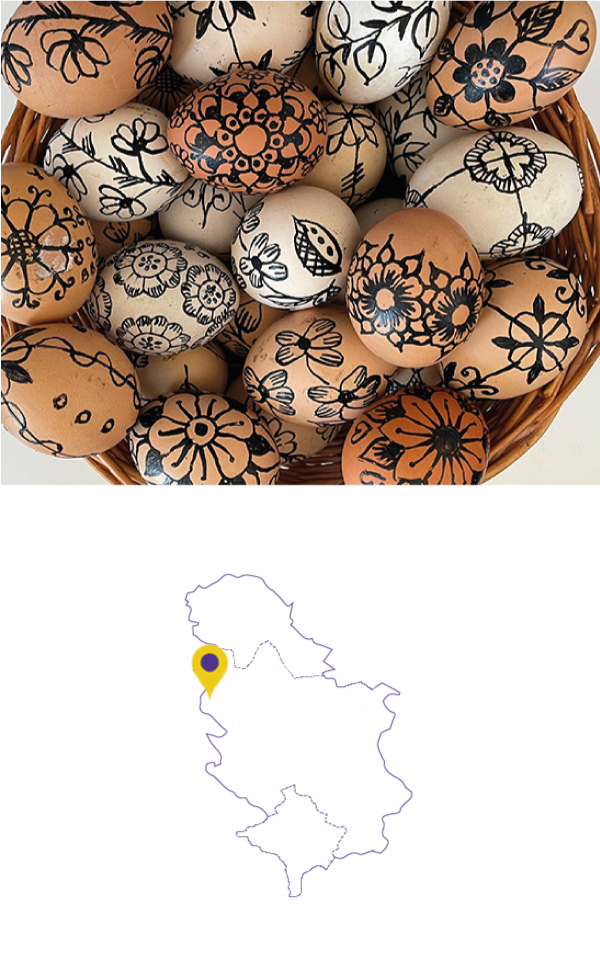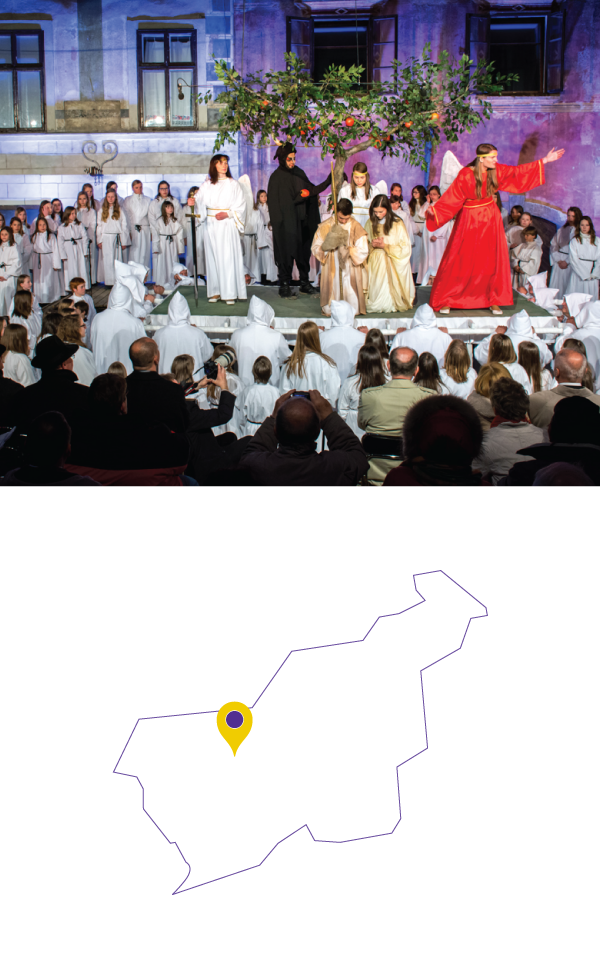Birgu is a small locality in Malta with a population of almost 3,000 and a surface area of 5 km². The historic core consists of a time-honoured and walled maritime city planted on a low promontory opposite the capital city of Valletta. Over the centuries Phoenicians, Romans, Byzantines, Arabs, Normans, Aroganese, Knights of Saint John and the British contributed to its development.
After being driven out of Rhodes by the Ottoman Empire, the Order of Saint John was granted Malta as its new home. They set root here in 1530 and turned Birgu into their Convent, since Mdina, the then inland capital, was not suitable for their naval requirements.
The period between 1530 and 1565 proved to be particularly momentous. The city was surrounded by a robust enceinte, while the adjoining Castle of St Angelo was extensively refortified. Likewise, extensive parts of its urban fabric were redeveloped.
The Great Siege of 1565 truncated this booming prosperity as the town bore the brunt of three interminable months of attacks. The knights and the people put up a valiant defence giving the town its title of Città Vittoriosa, the Victorious City, although suffering damage of tragic proportions.
After the siege, the Order took the hallmark decision to found a new city on the Sceberras peninsula, and so the Convent of the Order was transferred there a few years later. However, Birgu remained a hive of activity. It also became home to the Apostolic Delegate and Inquisitor, who established his office in the former Castellania compound.
The seventeenth and eighteenth centuries saw great building activity with many of the churches and palaces exchanging their old garb for new Baroque facades. Meanwhile, fortifications were modernized under the direction of some of the foremost military engineers of Europe.





